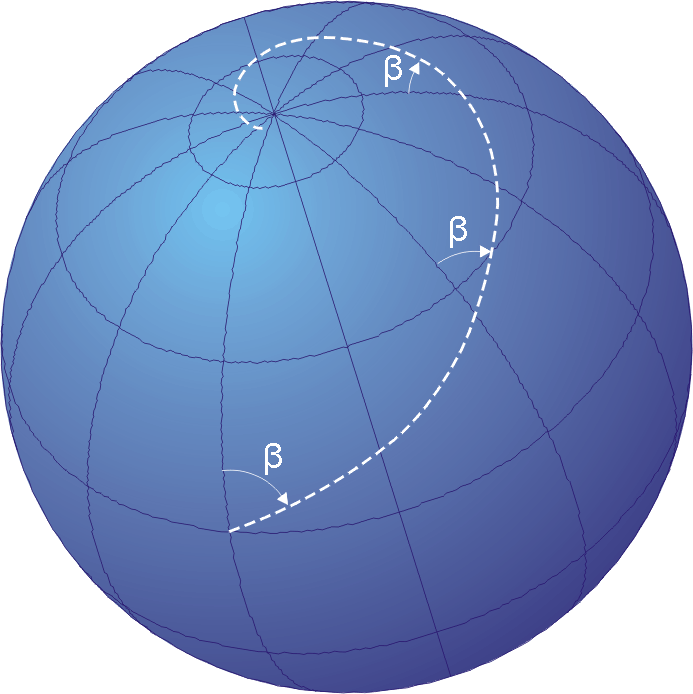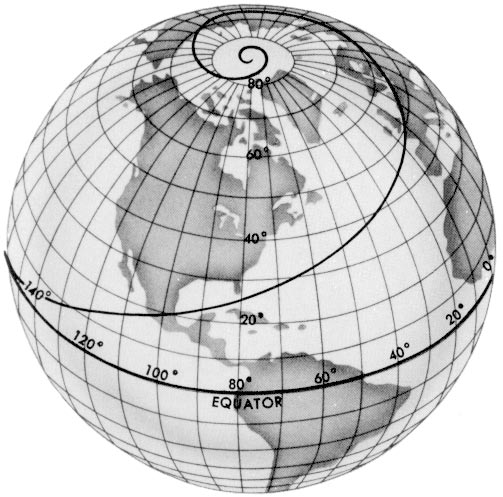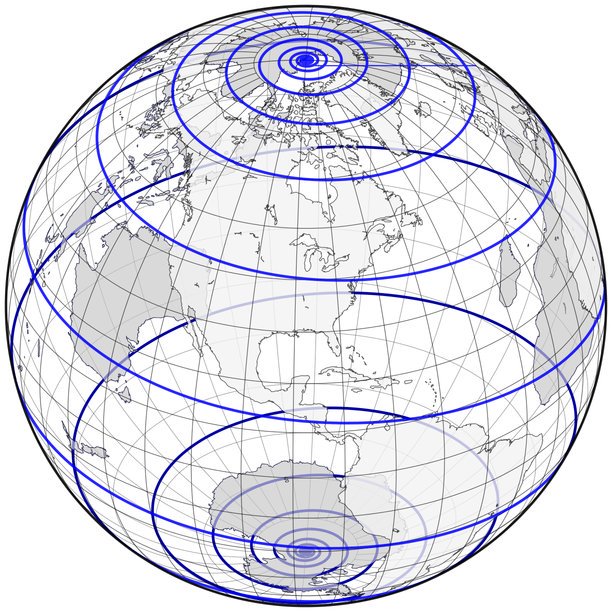Loxodrome
In navigation, a loxodrome, also known as a rhumb line or constant course line, is a line on the surface of a sphere (such as the Earth) that forms a constant angle with respect to a chosen reference direction, typically the meridians of longitude. Unlike a great circle route (orthodrome), which is the shortest path between two points on a sphere and represents the shortest distance, a loxodrome follows a path of constant compass direction.
Read MoreLoxodrome Calculator
NavigationTools.it is a specialized website designed to help aviation enthusiasts and pilots master Loxodromes calculations. With educational resources the website aims to empower users in understanding and applying Loxodrome in navigation.
Read More
A loxodrome is a navigational concept used in the field of navigation"
especially in maritime and aeronautical navigation. It is a line on the surface of a sphere, such as the Earth, that maintains a constant compass direction (bearing) throughout its entire length. In simpler terms, when you follow a loxodrome, you maintain a consistent heading or course.

Key characteristics of a loxodrome include:
- Constant Compass Course: A loxodrome follows a single compass heading, making it a straight line on a Mercator projection map. This makes it relatively easy for navigators to follow because they can maintain a constant course without needing to make frequent adjustments.
- Angle with Meridians: Loxodromes intersect the meridians of longitude at a constant angle, except at the poles, where they converge. The angle between a loxodrome and a meridian depends on the difference in latitude between the starting and ending points. As you move toward higher latitudes, the angle increases.
- Not the Shortest Path: Unlike great circle routes (orthodromes), loxodromes are not the shortest path. They are longer than great circle routes for most journeys, except when the journey follows a meridian of longitude.
- Convergence at Poles: Loxodromes converge at the poles. As you get closer to the poles, a loxodrome spirals inward and eventually meets at the pole. This is in contrast to great circle routes, which intersect at the poles.

In summary,
a loxodrome is a navigational concept representing a constant compass course on the surface of a sphere, such as the Earth. While it is not the shortest distance between two points, it is often used in practical navigation due to its simplicity and ease of use, particularly on Mercator projection maps.
